Kanpyo maki, a delicious and unique sushi roll, holds a special place in Japanese cuisine. Originating in Japan centuries ago, Kanpyo maki offers a delightful combination of flavors and textures that captivate the taste buds. This traditional dish features thinly sliced dried gourd, known as kanpyo, wrapped in seasoned rice and nori seaweed. Its sweet and savory taste makes it a favorite among sushi enthusiasts. In this article, we’ll delve deeper into the history, ingredients, preparation methods, and cultural significance of Kanpyo maki.
What is Kanpyo maki?
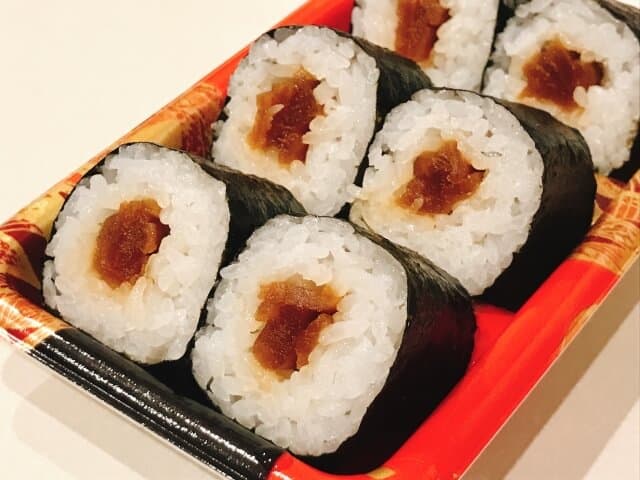
Kanpyo maki is a type of sushi roll in Japanese cuisine. It consists of sushi rice and kanpyo, which is a type of dried gourd or pumpkin that has been cut into long, thin strips and cooked in a sweet soy sauce-based broth. The kanpyo is typically wrapped inside nori (seaweed) along with the rice to create a cylindrical roll. It is a typical thin sushi roll along with tekka-maki, kappa-maki, and in Edomae sushi. Kanpyo maki is often served as part of a traditional sushi platter or enjoyed as a standalone dish. It offers a unique combination of flavors and textures, with the sweetness of the kanpyo complementing the savory rice and seaweed.
Kanpyo maki History
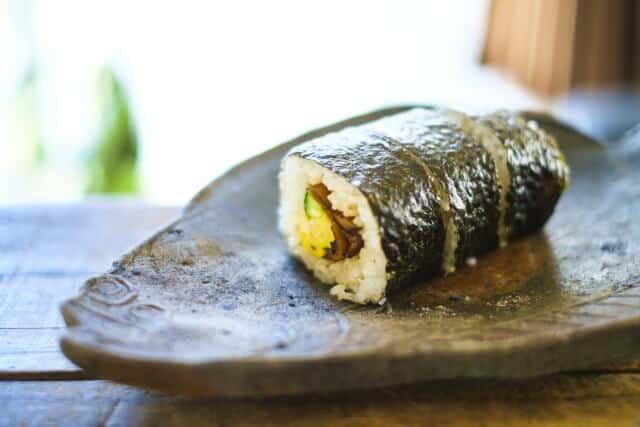
During the Edo period in Japan, which lasted from the 17th to the 19th century, sushi rolls as we know them today began to take shape. They are believed to have originated in Kamigata around the mid-18th century and later spread to Edo (now Tokyo) by the late 18th century. These early sushi rolls were wrapped not only in seaweed but also in various materials like paper, puffer fish skin, thinly baked eggs, and wakame seaweed. The fillings were diverse, including fish, wood ear mushrooms, chestnuts, shiitake mushrooms, and trefoils.
In Kamigata, thick-rolled sushi was common, while thin-rolled sushi became popular in Edo. This shift was attributed to different cultural preferences: Kamigata preferred abundant ingredients, while Edo favoured simplicity. Thin sushi rolls wrapped in dried gourd, known as kanpyo maki, became popular in Edo around the mid-19th century. They were appreciated for their juicy texture that complemented sushi rice and seaweed. Even today, some traditional Edomae sushi shops exclusively serve kanpyo maki, highlighting its enduring popularity as a representative sushi roll of the Edo era.
About Kanpyo production
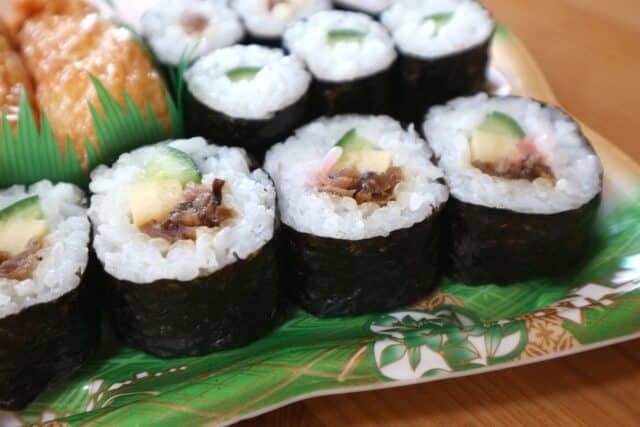
Currently, the production of kanpyo, a type of dried gourd used in Japanese cuisine, amounts to 268 tons according to the Ministry of Agriculture, Forestry, and Fisheries’ 2016 survey on regional specialty vegetable production. Tochigi Prefecture contributes 99% of this total, with smaller amounts coming from Ibaraki and Shiga Prefectures. In Tochigi Prefecture, locals mainly cultivated kanpyo in Shimotsuke City, Mibu Town, Kaminokawa Town, and Oyama City in the southern part of the region. Particularly, Shimotsuke City and Mibu Town are major producers, accounting for 75% of the prefecture’s harvest in 2016. The kanpyo production in Tochigi Prefecture has a long history, dating back to 1712 when Tadahide Torii, the lord of Mibu Domain in present-day Mibu-cho, Tochigi Prefecture, ordered seeds from Niyuugao of the Minakuchi domain in present-day Koka City, Shiga Prefecture, and began cultivation within the domain’s territory.
Calories and sugar content
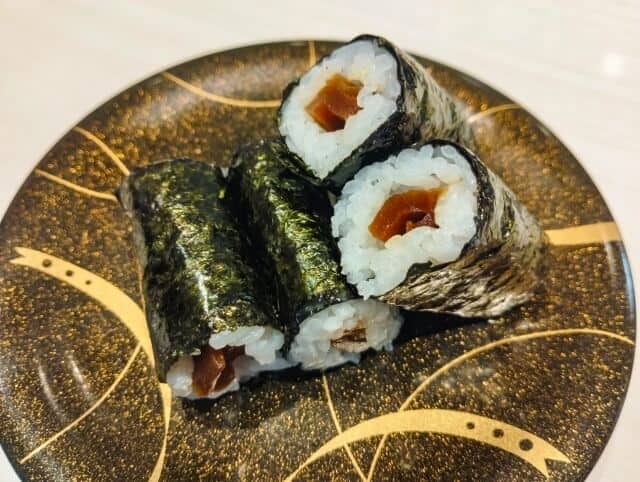
To find out the calorie and sugar content of Kanpyo Maki, we can refer to the Japanese Food Standard Composition Tables 2020 Edition. According to this data, one serving of Kanpyo Maki, which weighs about 100.5 grams, contains approximately 153 calories and 33.4 grams of sugar. This information helps us understand the nutritional value of Kanpyo Maki in terms of energy and sugar intake.
Arrangement of Kanpyo rolls
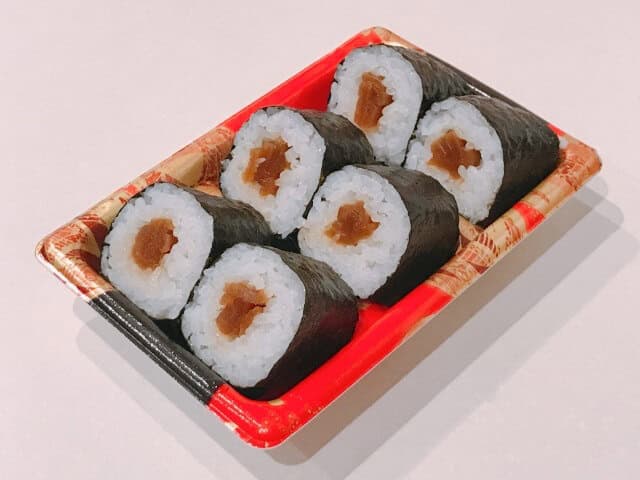
Upside down roll
Wrapping the vinegared rice with kanpyo instead of seaweed makes it look more vivid. We also recommend wrapping it with fried eggs, boiled shiitake mushrooms, conger eel, etc. to make it more filling. If you tie the mitsuba leaves on top of the kanpyo roll, you will get a more elegant and fashionable kanpyo roll.
Sabikan (kanpyo rolls with wasabi)
Sabikan, which pairs well with the sweetness and spiciness of kanpyo and the aroma of wasabi, is very easy to arrange. When making basic kanpyo rolls, all you need to do is spread wasabi on the vinegared rice before arranging the kanpyo. It’s also delicious if you sprinkle white sesame seeds on top of the wasabi. It goes well with sake and soba.
Kanpyo maki FAQ
- How to preserve Kanpyo-maki deliciously?
To keep your Kanpyo rolls tasty and fresh, it’s recommended to store them properly. While refrigerating or freezing Kanpyo rolls is okay, it’s not ideal because it can affect the flavor and texture of the vinegared rice and seaweed. The slightly higher temperature in the vegetable compartment helps prevent the rice from becoming too hard.
- Is Kanpyo-maki not eaten in Kansai?
In Kansai, there are people who have never eaten kanpyo-maki or even don’t know what kind of sushi it is. Kanpyo-maki is rarely sold at sushi restaurants or in the deli sections of supermarkets in the Kansai region. In the Kansai region, where medium-sized rolls and thick rolls are preferred, there is no custom of eating thin rolls like kanpyo-maki.
Kanpyo maki Recipe
Kanpyo maki Ingredients
| Ingredients for 5 persons | Measurements |
|---|---|
| Sushi rice | 300g |
| Kanpyo (dried gourd strips) | 50g |
| Sugar | 5g |
| Salt | 5g |
| Soy sauce | 2g |
| Mirin (sweet rice wine) | 3g |
| Nori | 10g |
How to make Kanpyo maki?
Combine mirin, sugar, and salt in a small bowl. Put the warm rice and 1 into another bowl and mix with a rice scoop to make vinegared rice.
Spread the roll and place the roasted seaweed cut in half horizontally. Leave about 1cm of space above the seaweed and spread the vinegared rice evenly over the entire surface.
Arrange the kanpyo pieces slightly in front of the center. Lift the entire roll from the front and roll it all the way while pressing down. Press the top of the roll with your hands to shape it, and leave it for about 5 minutes to blend. Remove the roll and cut it into easy-to-eat lengths.
Where to buy Kanpyo maki?
Kanda Shinota Sushi (神田志乃多寿司)
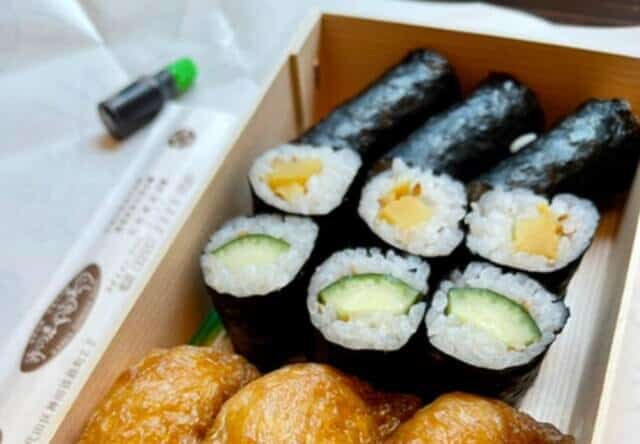
A long-established restaurant that was founded in 1909 and is famous for its Inari sushi and Kanpyo rolls. This restaurant specializes in inari sushi, seaweed rolls, and pressed sushi (Osaka sushi), rather than Edomae sushi (nigiri sushi), made with sushi rice and seafood. The only seasonings are soy sauce, mirin, and sugar, but they also use white sugar, brown sugar, two types of sugar, and five types of starch syrup sugar, giving it a salty yet rich sweetness.
Bentenyama Miyakosushi (浅草江戸前寿司)
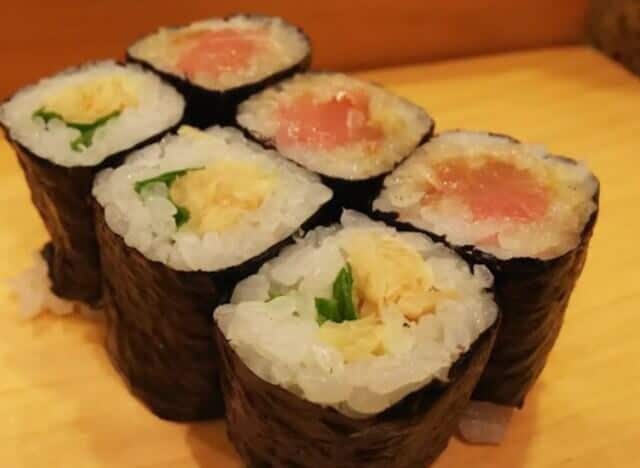
Established in 1866 (Keiō 2). They take good balance with vinegared rice, revised Sushi Dane, fresh wasabi and boiled japanese soy sauce to ensure maximum flavor of sushi, which follows the traditions of Edomae Sushi. They also keep using the traditional cooking methods: Nikiri, Tsume, Zuke, Sujime, Konbushime and etc.
Kisushi (喜寿司)
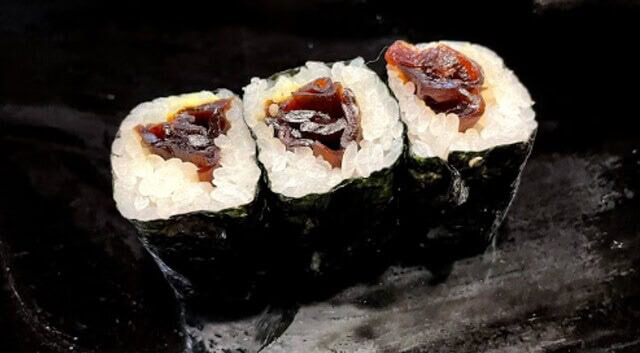
Founded in 1922, this famous restaurant continues to stubbornly preserve the tradition of Edomae sushi. The essence of this lies in the careful work that goes into every item. Softly boiled clams and conger eel, shrimp with oysters in between, tuna with the sinews peeled off, and shallowly grilled fish. By adding a little effort, the characteristics of the material itself become even brighter. Shari is refreshing with just white vinegar, red vinegar, and salt.
Takeaway
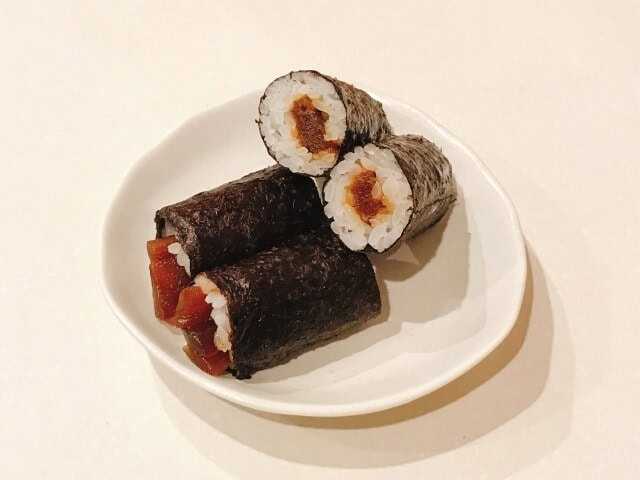
This kanpyo maki stands as a cherished symbol of Japan’s rich culinary tradition, offering a delightful culinary experience for both locals and visitors alike. Its sweet and savory flavors, combined with its simple yet elegant presentation, make it a must-try dish for anyone exploring Japanese cuisine.
You can check some Japanese sushi dishes that we know you would like to try too.
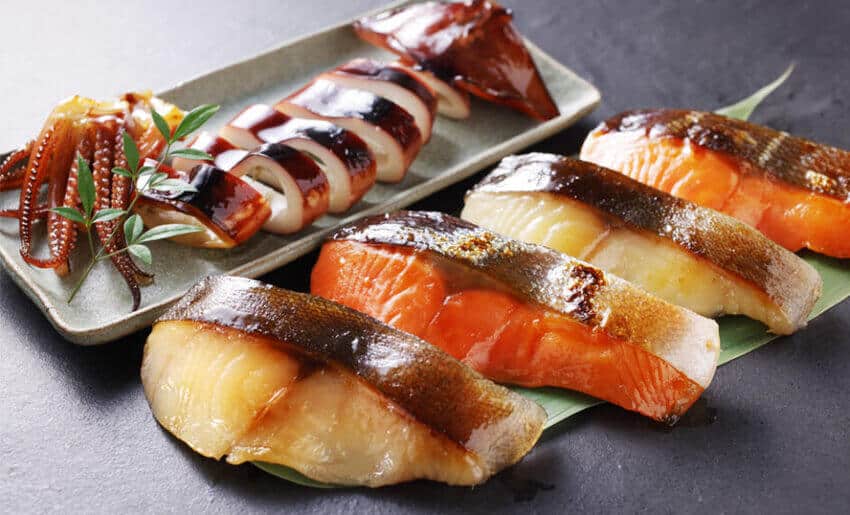

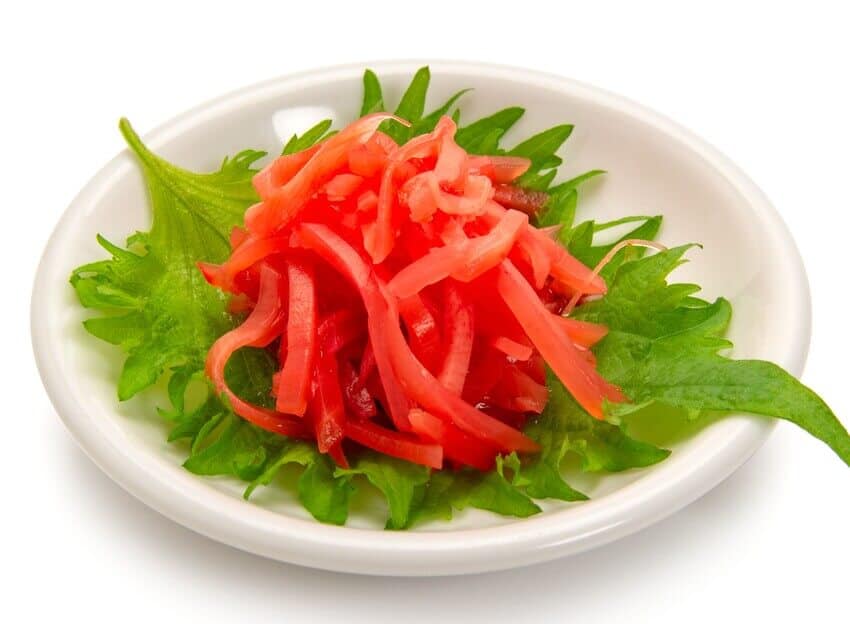

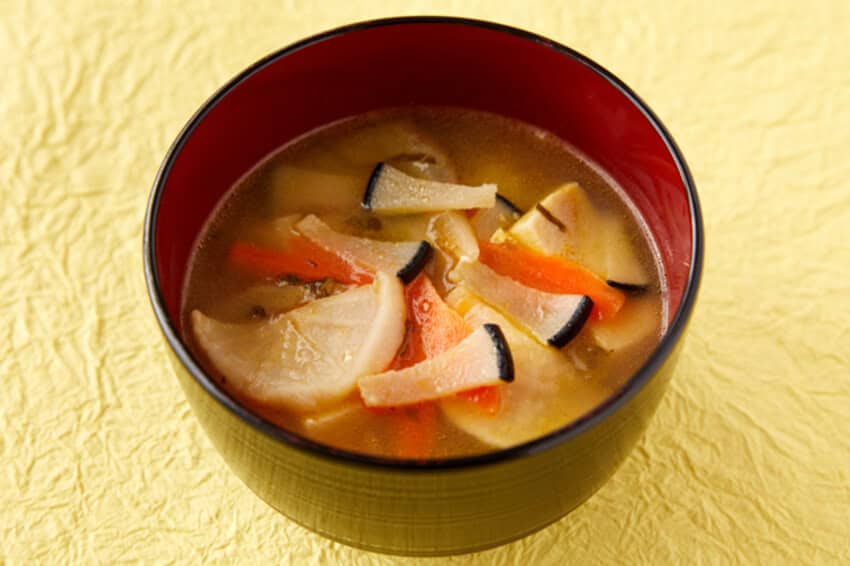

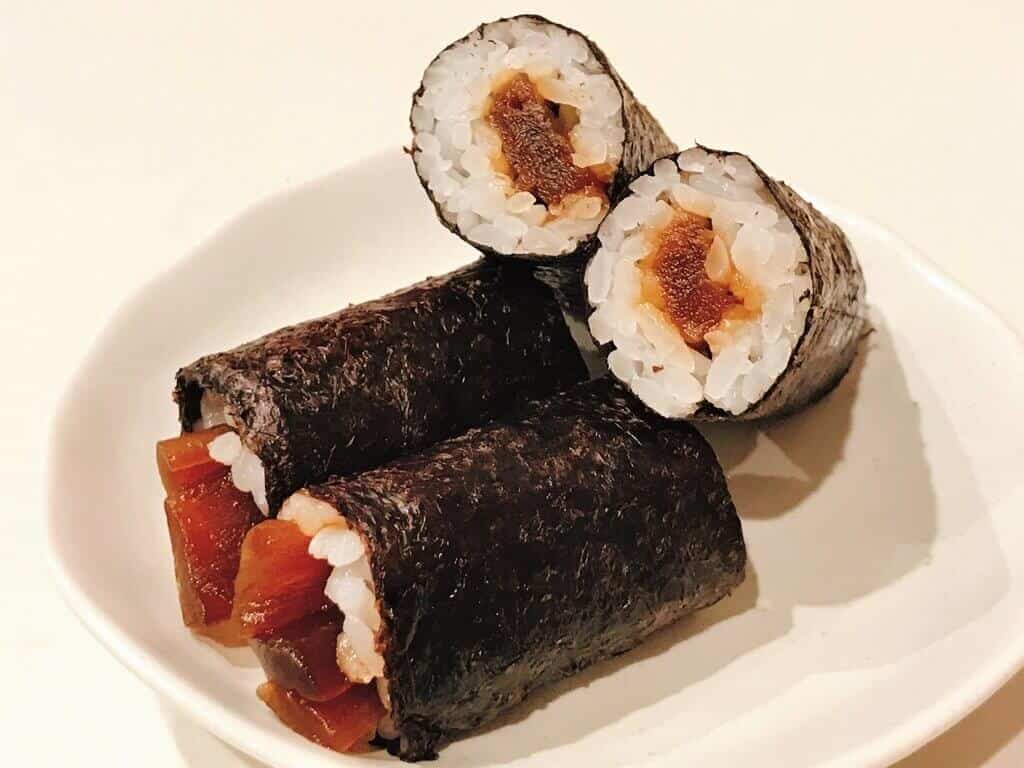
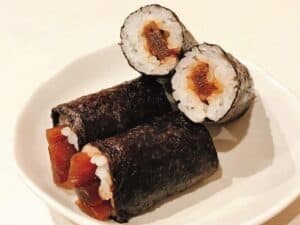
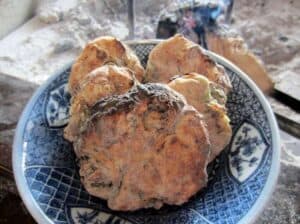

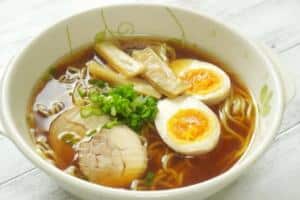
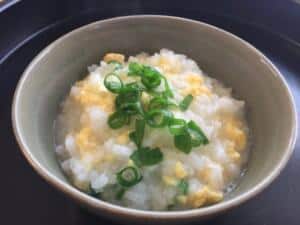
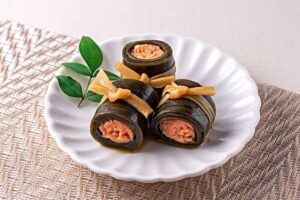


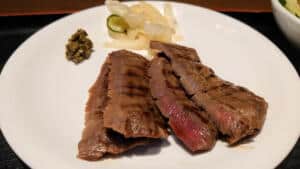
Comments